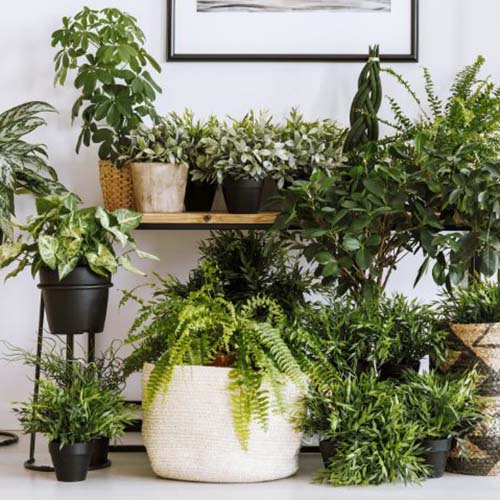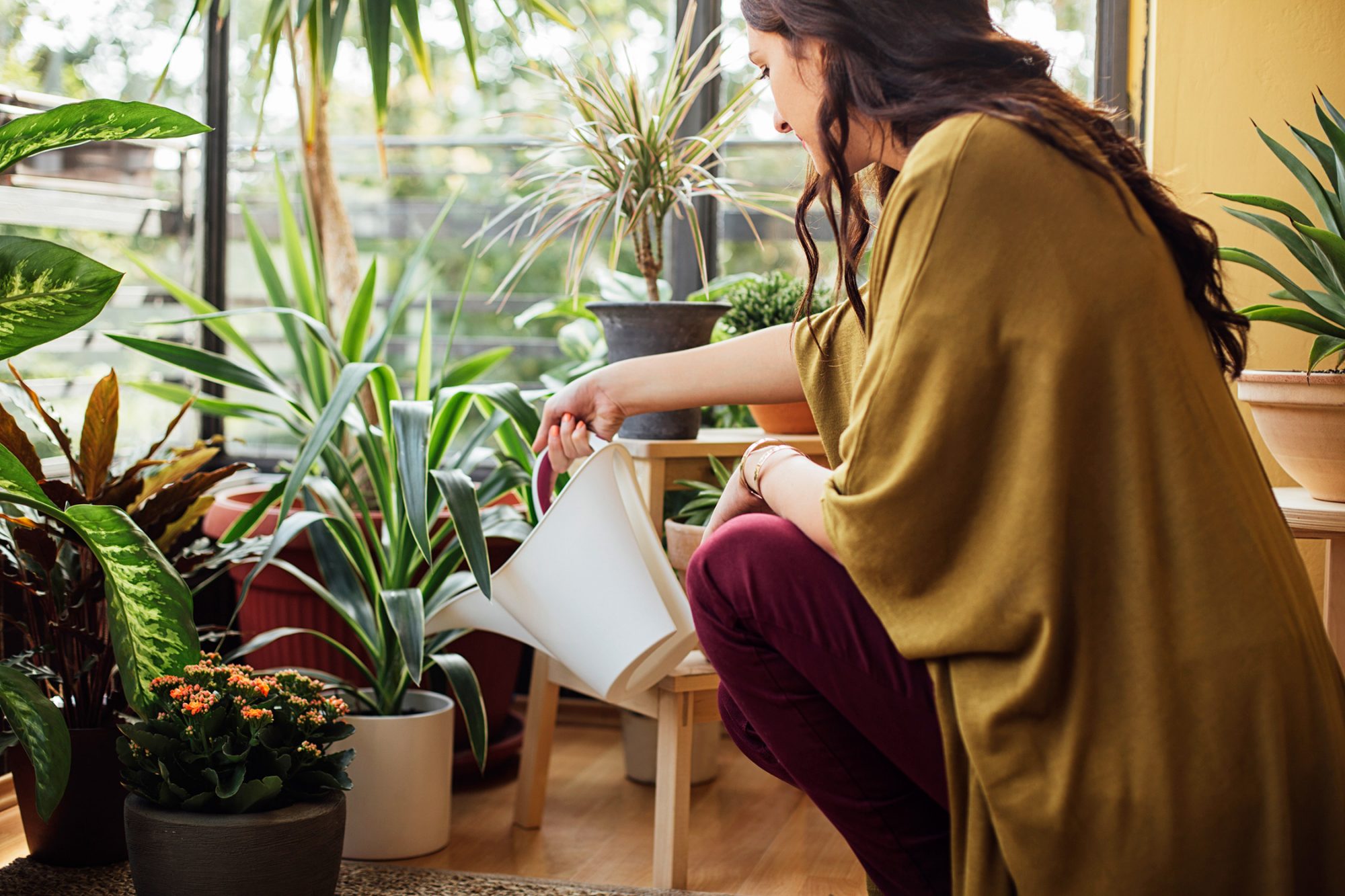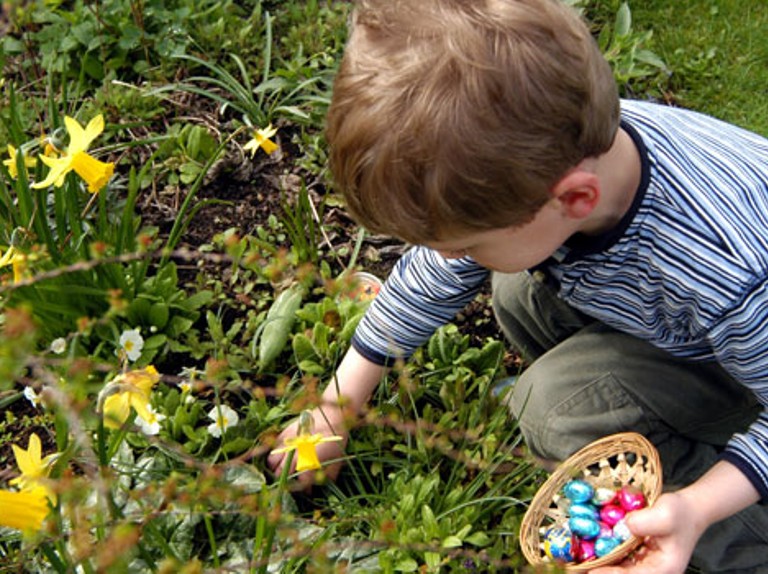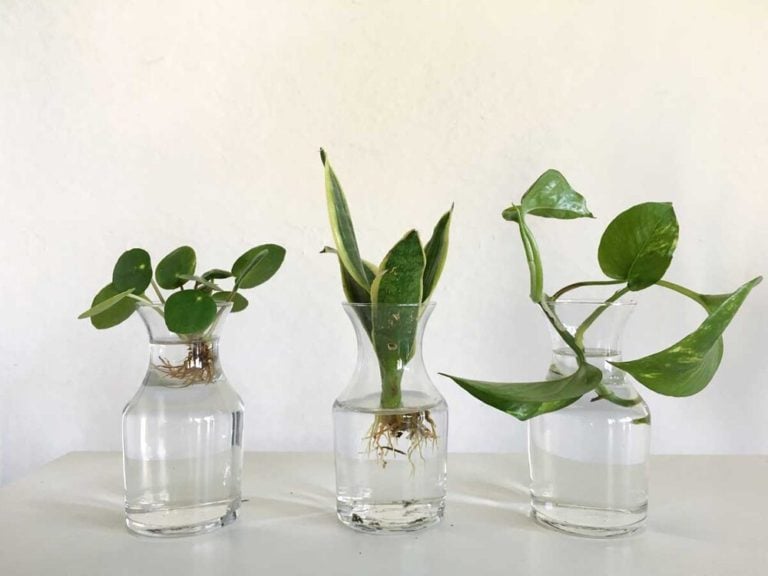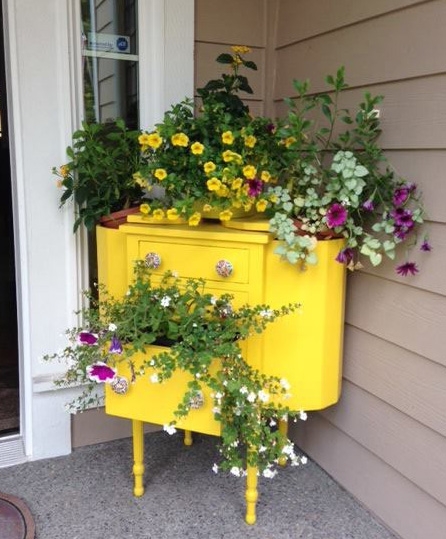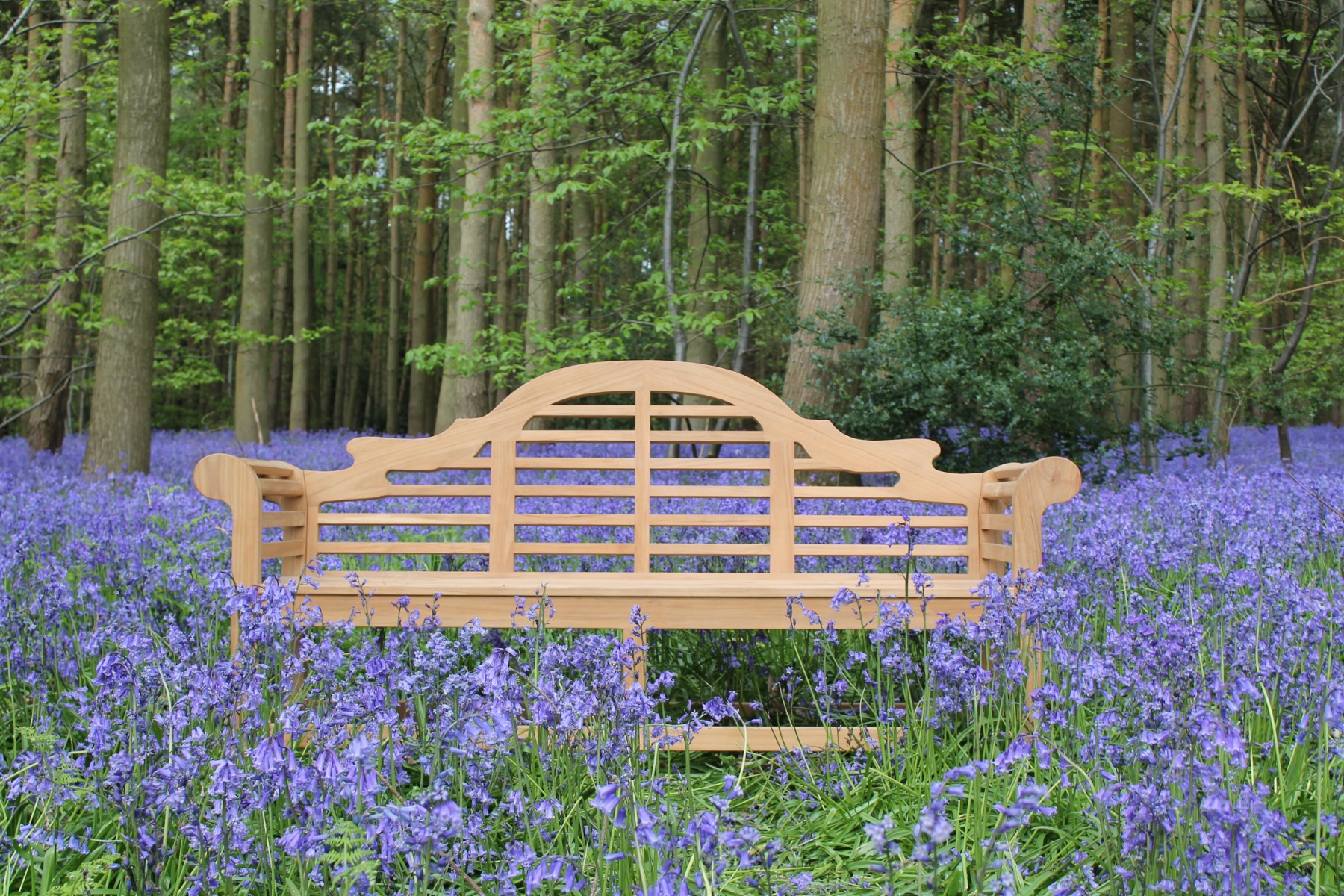House Plant Care Tips...
Are you a new plant parent or have you just recently realized your plants may need a little more TLC than you originally thought? Well, we’ve got you covered! We’ve put together a little (but detailed) care guide on general house plants below. This guide will not only help you keep your plants alive but hopefully help them thrive!…
Please keep in mind that each plant has its own specific needs and you should really keep this as just a general guide, ensuring to research your specific plant’s needs.
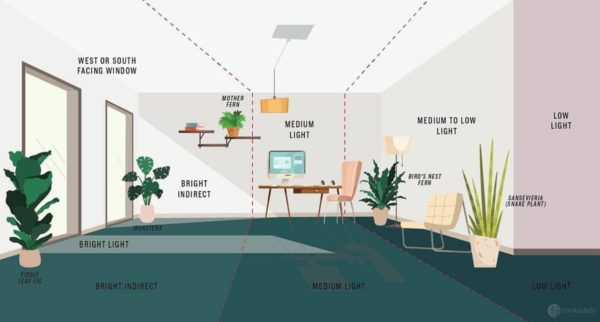
LIGHTING
As a rule, most house plants require bright filtered light. The further back from your window, the lower the light levels. However, it is important to remember direct sunlight through the glass can cause scorching and browning of the leaves. Plants such as cacti’s and succulents will thrive indirect light. However, most house plants enjoy bright but indirect light. Some plants can also thrive in low light conditions – such as ZZ plants, dragon trees and sansevierias.
During the winter light levels fall and this is where repositioning your plants to a brighter spot closer to the windows can be beneficial; just make sure it is not too cold by the window. If your home is as dark as mine, you can always invest in some artificial lighting…
Top tip – To ensure all your leaves get their share of light, simply turn your plants every few days.
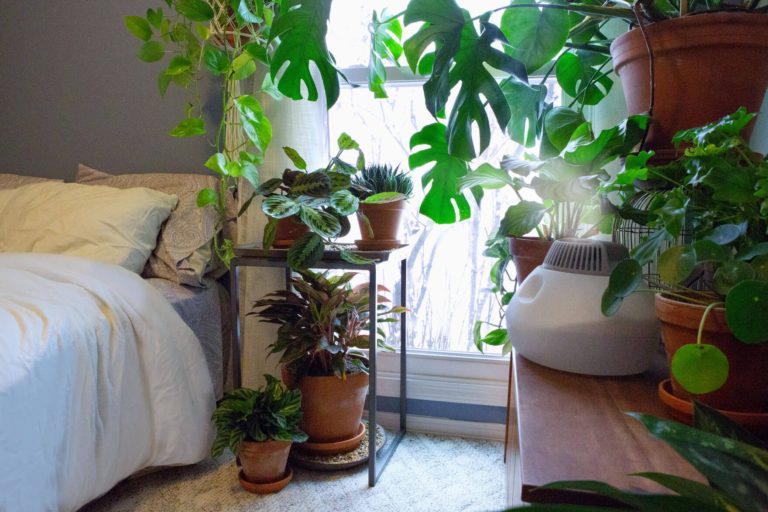
HUMIDITY
Most houseplants thrive in warm rooms and even temperatures all year round. During winter, move plants to rooms that are not overheated during the day, but maintain the required minimum temperatures. Avoid placing plants near open fires, radiators, in draughts, or on windowsills on frosty nights.
Tropical plants require a humid atmosphere. Certain areas of your home will be naturally more humid than others, for instance, bathrooms and kitchens. How quickly the compost dries out is a good measure of how dry the air is. So, it is best to make use of these areas for your more humidity-loving plants – Alocasia, Philodendron, ferns.
For areas that are not so humid, invest in a humidifier or regularly mist your plants. However, it is important to note that some plants do not like misting as this can cause mould and fungi. Misting is best done with tepid water in the morning. Rainwater or water that has been boiled is best as it will not leave white deposits over your plant's leaves. Better yet, place on a tray of damp gravel or expanded clay granules – or anything soluble. Grouping plants together will also help to create a humid micro-climate around their leaves.
Top tip – If you are worried about the temperature and humidity of your house, invest in a digital Thermo Hygrometer; you can find them for as little as ten pounds on amazon.
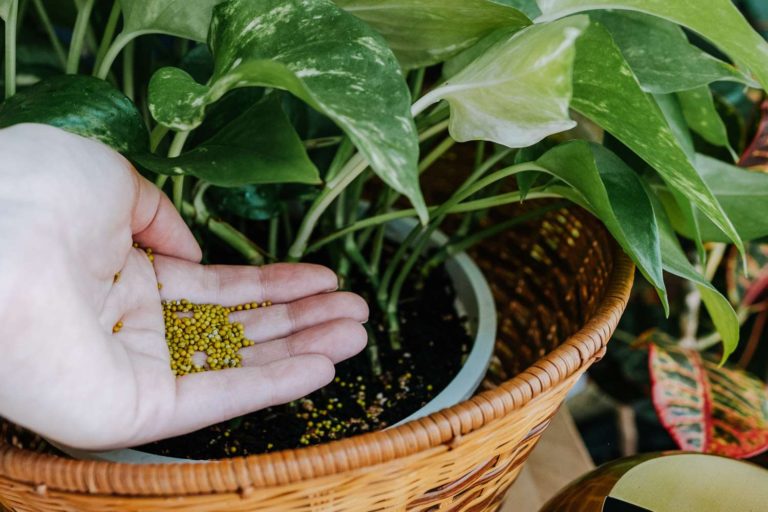
FEEDING
A few signs to know that your plant needs a feed is pale leaves, slow growth and lower leaves falling off. Plant food is generally made up of nitrogen and phosphates with other trace elements which are generally present in most compound fertilizer’s.
Knowing when to feed your plant is important. The spring and summer is the best time to feed your plants, however, some plants just cannot cope without a feed during winter. If your plant is in a very poor condition then it may be needing a feed. If not then feeding is only generally carried out over the growing season, i.e., spring and summer, about once to twice a month. You can use a liquid feed or slow-release fertilizer. If you have just re-potted your plant, then you have a couple of months before the food within the compost runs out. Only feed as much as is stated on the feed.
Top tip – If you’ve got a few plants on your hands, you can time your feeds to coincide with each other. There are some great reminder apps out there for house plant feeding too – such as ‘florish'.
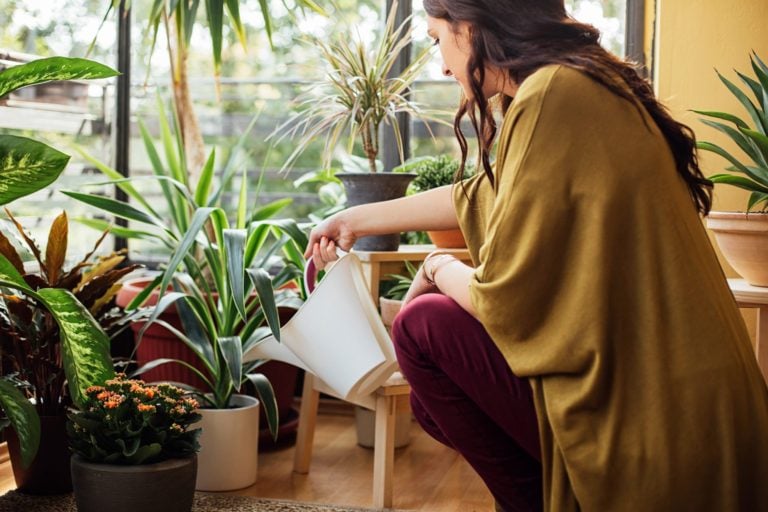
WATERING
Watering correctly is the key to owning any houseplant. Overwatering can lead to the dreaded root rot and the slow killing of your plant, whereas watering too little can cause the plant to wilt. However, speak to any plant enthusiast and they would prefer a drought-ridden plant to a root rotten plant anyway!
Generally, popping your finger into the soil of the plant and seeing if the top two inches are dry is the best way to check it needs watering. If the compost sticks to your finger, you do not need to water; unless it is a plant that likes to keep relatively moist such as spider plants and ferns. To ensure your plant drains well and does not get root rot, use plant pots with drainage holes and a water tray/well. Watering from the bottom can also help prevent pests and improve root growth.
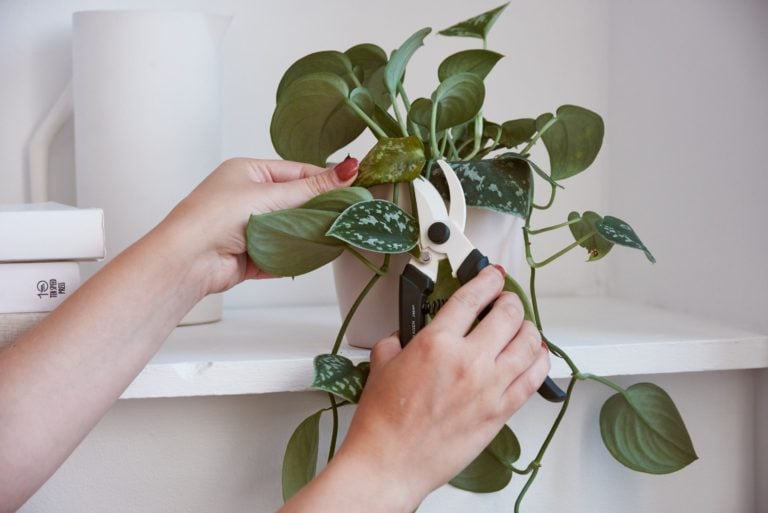
PRUNING AND TRAINING
Pinch back shoots of young plants when in active growth to encourage branching. Trailing plants usually benefit from this treatment. Ferns especially like being pruned down and often come springing back. Most leafy, mature foliage plants need no pruning.
Many houseplants, except for orchids and palms, can be renovated by cutting the old or damaged foliage back to base or by pruning to a healthy bud in spring. But make sure to not cut anything green off as this will cause browning. Water and feed well to aid recovery.
Top tip – Remember to use sharp pruning scissors and to sterilize in-between pruning each plant to avoid spreading disease or contamination.
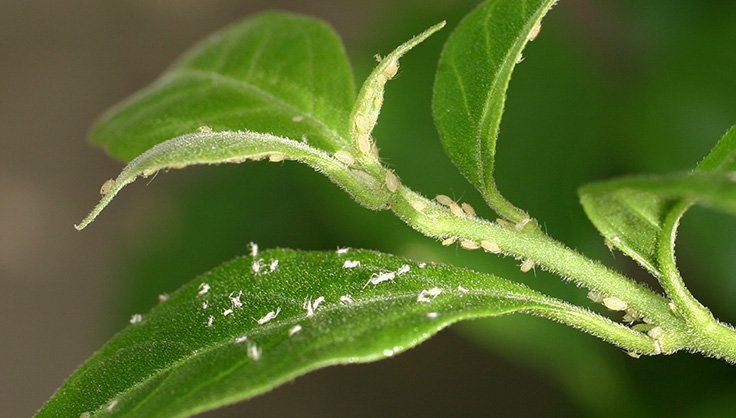
PROBLEMS
One thing an experienced house plant parent will look for when searching for their new plant ‘children’ is pests and diseases. To check before purchasing can save a lot of hassle, time, and money. However, admittedly we can get carried away with a deal just too good to pass up and end up skipping the thorough inspection process! Make sure to check your houseplants for pests and diseases such as aphids, red spider mites and scale insects before introducing them to your existing plants.
One way to reduce the invasion of pests to your plants is to isolate your new plants from the other for the first 48 hours of purchase to avoid spreading pests or diseases. Whilst isolated, shower over your plant to remove any unwanted free riders and gently mist with houseplant pest killer or a mix of neem oil and water. Make sure to continuously check for common signs of pest such as spotting on the leaves, sticky substances on the leaves, mould, or dusty appearance.
Following this guide, we hope your house plants stay healthy & continue to grow! Feel free to tag us on Facebook or Instagram.


